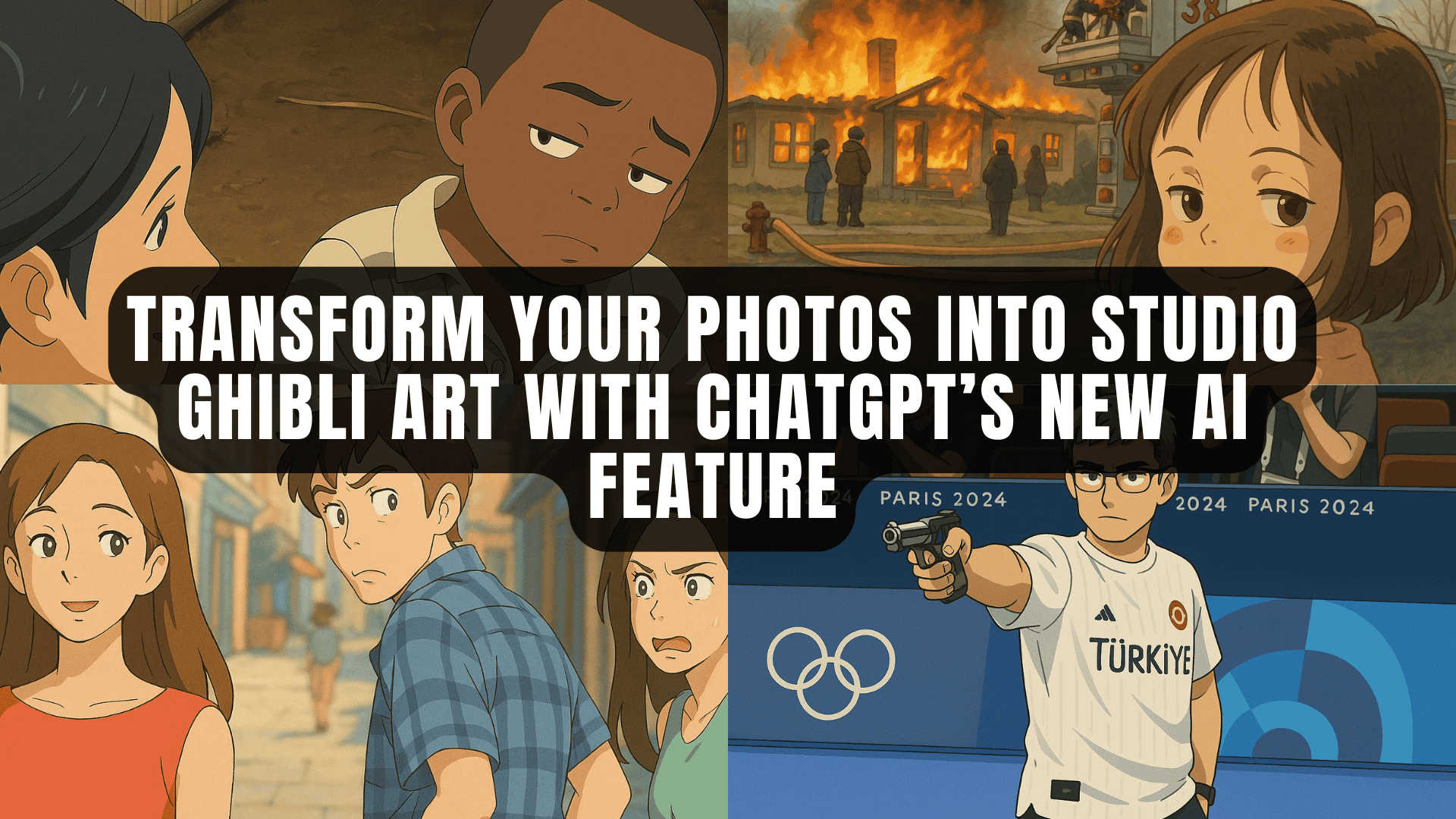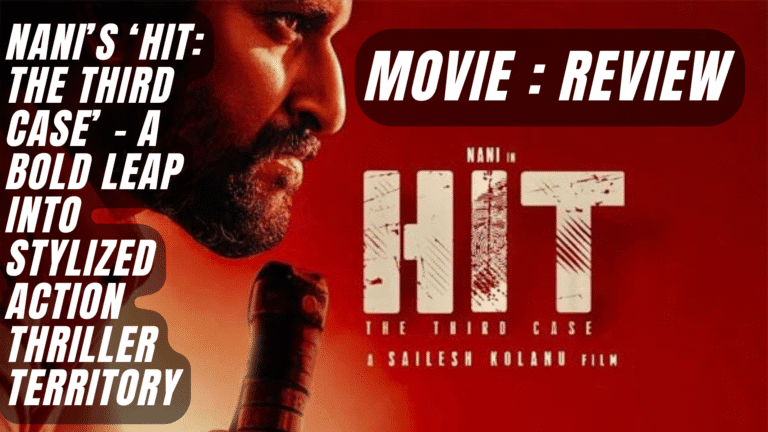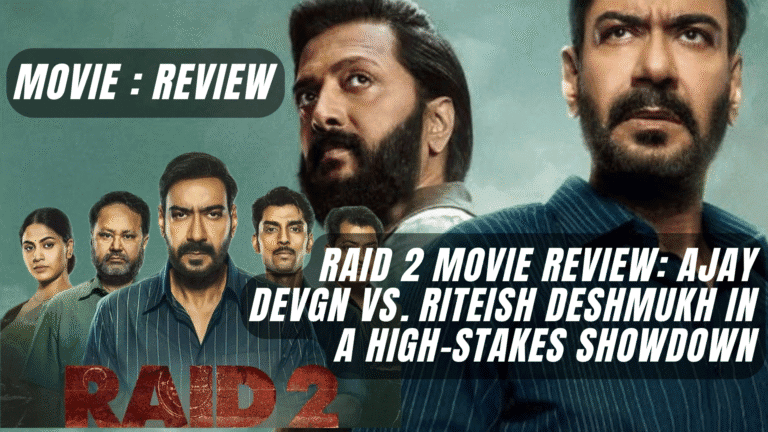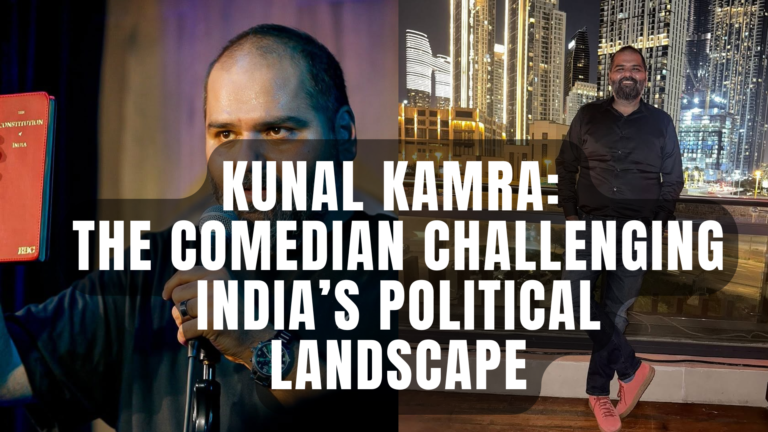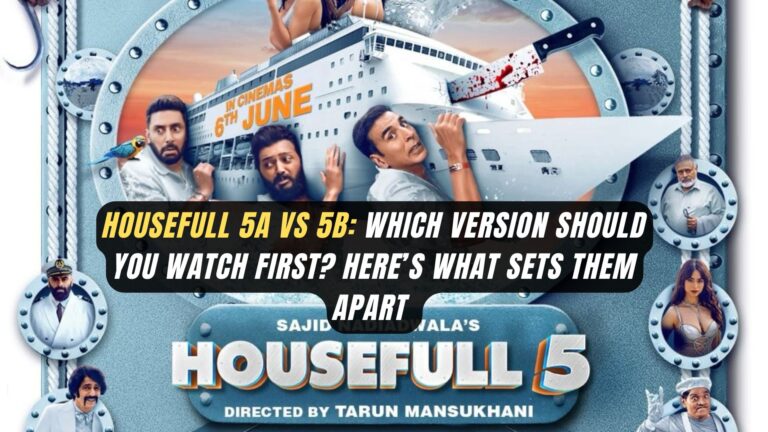Transform Your Photos into Studio Ghibli Art with ChatGPT’s New AI Feature 2025
OpenAI’s recent update to ChatGPT has introduced an exciting feature that allows users to generate images in the distinctive style of Studio Ghibli-Style, the renowned Japanese animation studio celebrated for classics like “My Neighbor Totoro” and “Spirited Away.” This development has sparked a viral trend, with individuals transforming personal photos and popular memes into Ghibli-inspired artworks.
Table of Contents
How to Create Studio Ghibli-Style Images Using ChatGPT
Creating your own Ghibli-style images with ChatGPT is a straightforward process. Here’s a step-by-step guide:
- 1. Access ChatGPT: Visit the ChatGPT platform through your web browser or mobile app.
- 2. Upload Your Photo: Click on the ‘+’ icon located at the bottom left corner of the chat interface to upload the image you wish to transform.
- 3. Enter the Prompt: In the message field, type a prompt such as “Ghiblify this” or “Transform this image into Studio Ghibli style.”
- 4. Generate the Image: Press ‘Enter’ to submit your prompt. ChatGPT will process your request and generate the Ghibli-style image.
- 5. Download the Artwork: Once the image is displayed, you can download it to your device for personal use.
For a visual demonstration, you might find this tutorial helpful:
Understanding the Studio Ghibli Art Style
Studio Ghibli’s art is characterized by:
- Soft, Pastel Color Palettes: Utilizing muted tones that evoke a sense of nostalgia and warmth.
- Intricate Detailing: Emphasizing elaborate backgrounds and environments that create immersive worlds.
- Whimsical and Fantastical Elements: Incorporating imaginative creatures and landscapes that blend reality with fantasy.

These elements combine to produce visuals that are both enchanting and emotionally resonant, contributing to the studio’s global acclaim.
Ethical Considerations and Community Reactions
While the ability to generate Ghibli-style images has been met with enthusiasm, it has also ignited discussions about the ethical implications of AI-generated art. Notably, Hayao Miyazaki, co-founder of Studio Ghibli, has expressed strong opposition to the use of AI in creative processes, describing it as “an insult to life itself.”
Additionally, Zelda Williams, daughter of the late actor Robin Williams, has criticized the trend, highlighting concerns about the impact of AI on artistic integrity and the environment.
These perspectives underscore the importance of considering the origins and implications of using AI to replicate established art styles.
Legal Implications and Copyright Concerns
The replication of Studio Ghibli’s art style using AI has also raised legal questions regarding copyright infringement. While specific artworks are protected by copyright, mimicking a general visual style exists in a legal gray area. Studio Ghibli may face challenges in pursuing legal action against platforms like OpenAI due to the complexities of current copyright laws.
Alternative Platforms for Ghibli-Style Image Generation
If you encounter limitations with ChatGPT or seek alternative methods, several other platforms offer similar functionalities:
- Midjourney: An AI program that generates images from textual descriptions, capable of producing Ghibli-inspired art.
- Getimg.ai: Allows users to create and edit images with AI, offering various artistic styles, including that of Studio Ghibli.
- insMind: Provides AI-driven image generation with options to apply different artistic themes.
These tools can serve as viable alternatives for users interested in exploring AI-generated art in the style of Studio Ghibli.
Conclusion
The integration of Studio Ghibli-style image generation into ChatGPT showcases the remarkable capabilities of AI in the realm of art and creativity. However, it also prompts important conversations about artistic authenticity, ethical use, and legal considerations. As technology continues to evolve, it is crucial to navigate these innovations with respect for original creators and mindfulness of the broader implications.
We invite you to share your thoughts on this development. Do you believe AI-generated art enhances creativity, or does it pose a threat to traditional artistic expression? Comment below and join the conversation.
If you found this article informative, please share it with others who might be interested in the intersection of AI and art.
